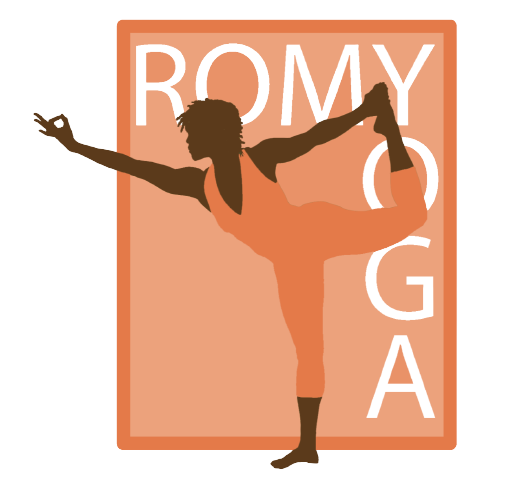When my teacher Christopher Hareesh Wallis taught on the importance of having a pure motive for practicing yoga, I gained a whole new perspective on how to approach my practice. What we do on the mat and in meditation is greatly affected by our motive for doing so, and having a pure motive is the most effective over the long term.
What is a pure motive? It is practicing out of love for yourself, with a longing to know the truth, and for the benefit of all beings. When we approach our practice with pure motive we do so with an attitude of curiosity and wonder. An example of an impure motive is practicing in order to fix something or change something in ourselves; impure motives are not effective in the long term. Impure motives may originate from some story or a vision that you have that there is something wrong with you as you are, and you practice yoga or meditate to fix, or to achieve and attain something. Practicing with pure motive affirms all that is right with me; that I am already perfect and good; and I practice in order to remember, uncover, or get a glimpse of the truth. Approaching the practice with pure motive will open us up to remember and connect to the divine within.
One way to enhance our yoga and spiritual practice is to make time to be still. There is no better time than December, the Advent season, to recommit to meditation. Today our community of Complete Health Yoga will begin a meditation challenge. Start with at least 5 minutes of meditation daily and build up to 25 minutes by end of year. Yes, this is the busiest time of the year, so no better time to sit, be still, remember and connect with the divine within you.
Namaste,
Romy



